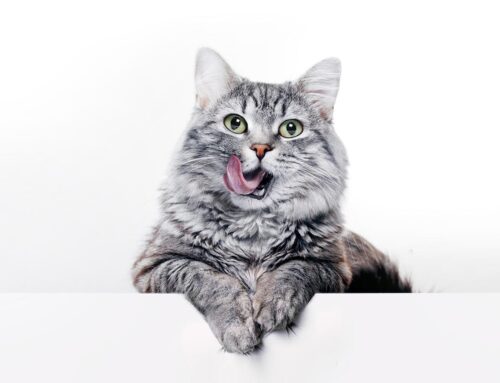This article is taken from a series we publish in the Lancaster District Magazine
BUNNY HEALTH
An article about rabbit health would be unworthy if the importance of diet (hay, more hay, 80% hay) and the need to maintain gut motility by eating went unmentioned! This article, however,
will focus on contagious diseases which usually leads to rabbits’ early demise. Fortunately, vaccinations are available for the main killers, but they do need to be given annually.
SWELLING & BLINDNESS – MYXOMATOSIS
Deliberately introduced in the 1950s as an effective rabbit control measure this disease causes skin lesions, swelling of the head and genitals, acute conjunctivitis and blindness. Rabbits become lethargic, lose appetite and develop a fever. Secondary bacterial infections occur in most cases and death within 14 days is common.
The disease is spread by direct contact with affected rabbits or insect bites ( eas, midges and mosquitoes) and there is no treatment. Palliative nursing care and treatment of infections to ease suffering can in some cases be given, but more often than not euthanasia is advised. Prevention is key – annual injections are given to protect from the virus taking hold and provides the ideal opportunity for a thorough health check.
SILENT KILLER – VIRAL HAEMORRHAGIC DISEASE (VHD)
VHD is a highly contagious disease caused by a calicivirus affecting wild and domesticated rabbits. It is a swift and sudden killer, giving little warning. Rabbits may die without showing any symptoms at all. Some bleeding from the nose, mouth, and rectum is sometimes seen. The death rate of rabbits exposed
to the virus is high and the few rabbits that survive are carriers that can shed the virus for at least 42 days. The virus is hardy, remaining viable in the environment for up to 12 months – longer in low temperatures and resists freezing. Symptoms include loss of appetite, lethargy, high fever, spasm, and sudden death.
It can be spread by contact with inanimate objects contaminated by the virus (bedding, bowls, bottles, feed, clothing, shoes, tyres); direct contact with another infected rabbit or their faeces; indirect contact by insects, birds, and animals such as rodents that transfer the disease between rabbits.
For many years a vaccine for VHD-1 has been available as part of a combined injection given with the annual myxomatosis vaccine. However, a second, newer strain of the disease, VHD- 2, was identified in France in 2010 and 2013 in the UK. A separate, additional vaccination should be given to help protect against this strain of the disease. It is thought we are seeing a greater number of deaths in the UK from the second strain VHD. This might reflect the fact that VHD-2 kills rabbits more slowly (seemingly over a 3-day period), giving the disease more time to
spread than VHD-1 (which was more likely to kill rabbits before they could pass it on), and so it spreads further.
BRAIN & KIDNEY INFECTION – E CUNICULI
E cuniculi is a microscopic brain and kidney protozoal parasite infection. It is widespread but despite around half of all pet rabbits carrying the infection, only a small proportion of these cases ever show any illness. Some rabbits carry the parasite without ever becoming ill whilst others show a range of symptoms.
Signs of infection include a head tilt to one side; eyes tracking side to side or up and down; paralysis, shuffling or weakness on back legs; uncontrollable spinning or rolling; unexplained changes including seizures, deafness, cataracts or behavioral changes; drinking and urinating more than usual.
Fenbendazole is the active ingredient used to rid your rabbit of intestinal worms and needs to be given orally every day for a 28 day period when E cuniculi is suspected. We do not recommend routine worming to prevent E cuniculi as, like any drug, it can be harmful and should only be used when necessary.
It should be noted that some rabbits do not respond to treatment or have a partial response and are left with some central nervous system changes, for example, a permanent head tilt. Some owners may choose euthanasia due to unresolvable conditions like urine scald or lack of mobility.
The prognosis of E cuniculi in rabbits will vary greatly depending upon the severity and the condition of the individual rabbit. Prognosis can be good if the rabbit is treated early and responds well to the chosen therapy. Disinfecting your rabbit’s environment is crucial.



